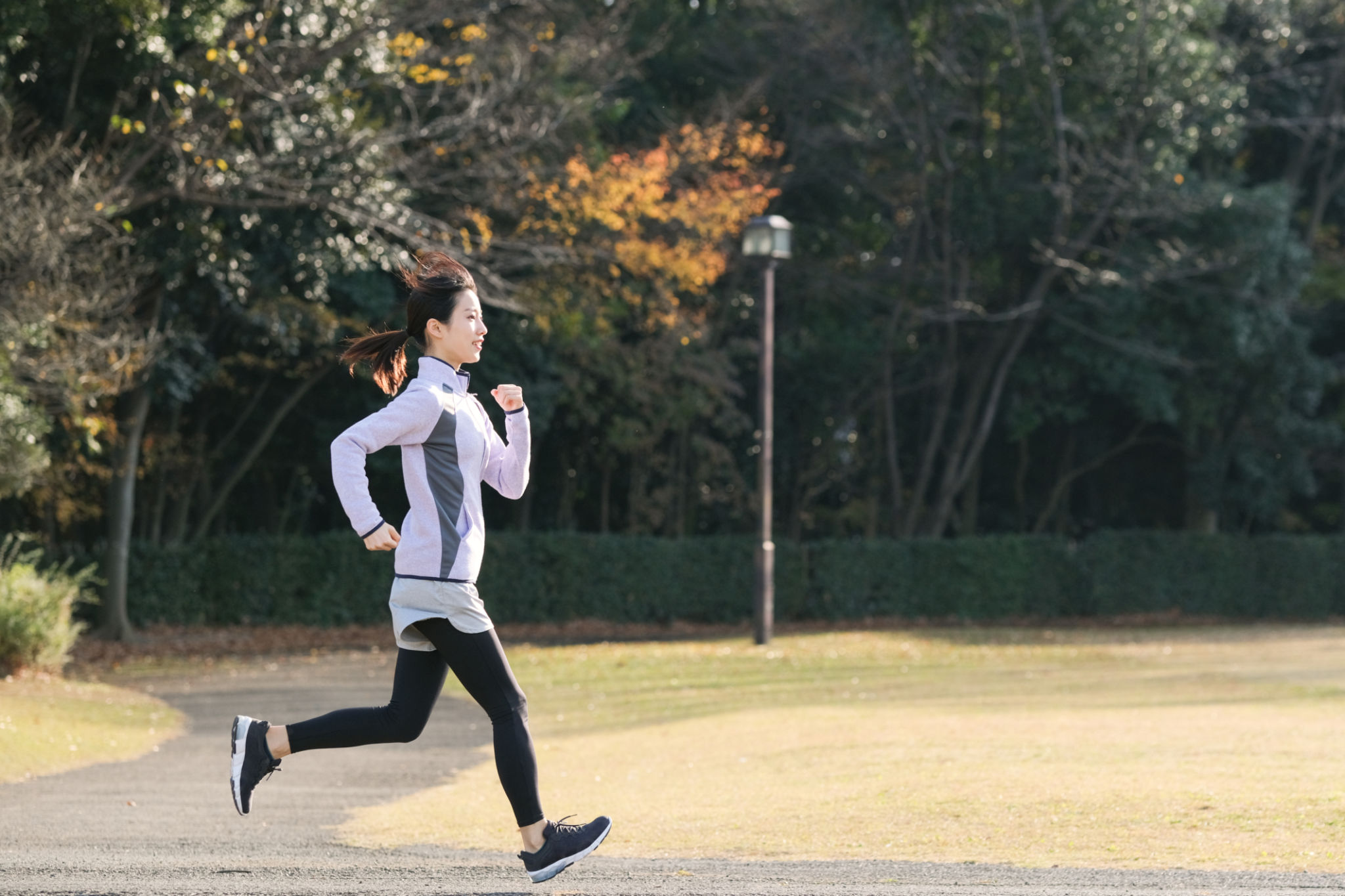Seasonal Care Tips for Managing Lymphedema in Canada
Understanding Lymphedema and Its Challenges in Canada
Lymphedema is a chronic condition characterized by the accumulation of lymphatic fluid, leading to swelling, typically in the arms or legs. Managing lymphedema effectively requires understanding how seasonal changes, particularly in Canada, can impact the condition. With its diverse climate, Canada presents unique challenges for those living with lymphedema.
In Canada, the seasonal shifts can be quite dramatic, from freezing winters to hot and humid summers. Each season demands specific care strategies to ensure that symptoms are kept in check and quality of life is maintained. Here, we explore some practical tips for managing lymphedema through the seasonal changes in Canada.

Winter Care: Protecting Against Cold and Dryness
Stay Warm and Moisturized
During the harsh Canadian winter, cold temperatures and dry air can exacerbate lymphedema symptoms. It is crucial to keep the affected limbs warm to prevent further discomfort or swelling. Wearing layers of clothing made from natural fibers can help in maintaining warmth without causing irritation.
Additionally, keeping the skin well-moisturized is essential during winter. Dry skin can lead to cracks or infections, which are particularly concerning for those with lymphedema. Opt for thick, fragrance-free moisturizers and apply them regularly to maintain skin integrity.
Indoor Humidity Control
Heating systems can dry out indoor air, further impacting skin health. Utilizing a humidifier indoors can help maintain optimal moisture levels in the air, reducing evaporation from the skin and keeping it hydrated.

Spring and Summer: Managing Heat and Humidity
Stay Cool and Hydrated
As temperatures rise in spring and summer, individuals with lymphedema need to be cautious of overheating. Excessive heat can lead to increased swelling, so it's important to keep cool by wearing lightweight, breathable clothing.
Hydration is key during warmer months to support lymphatic function. Drinking plenty of water helps maintain fluid balance and supports circulation. Avoiding excessive sun exposure and staying in shaded or air-conditioned areas during peak heat can also prevent exacerbation of symptoms.

Fall: Preparing for Seasonal Transitions
Adjusting Compression Garments
As temperatures begin to drop in the fall, it's a good time to reassess the fit of compression garments. Changes in weather can cause fluctuations in limb volume, so ensuring that garments fit properly is crucial for effective management.
Regularly checking compression garments for wear and tear is also important as they may lose their effectiveness over time. Replacing them as necessary will ensure continued support and symptom control.
Mindful Exercise
Engaging in regular, low-impact exercise can support lymphatic flow and overall health. In the fall, outdoor activities like walking or hiking can be enjoyable without the extremes of summer heat or winter cold. Ensuring that exercise routines are adjusted with the changing seasons helps maintain consistency in lymphedema management.

General Tips for All Seasons
No matter the season, maintaining a healthy lifestyle is essential for managing lymphedema. This includes following a balanced diet rich in anti-inflammatory foods, avoiding tight clothing that may constrict lymph flow, and monitoring for any signs of infection or worsening symptoms.
Regular consultations with healthcare professionals specializing in lymphedema are also recommended to tailor care strategies to individual needs and seasonal challenges. With proactive management, individuals with lymphedema can navigate Canada's seasons while minimizing discomfort and improving their quality of life.
